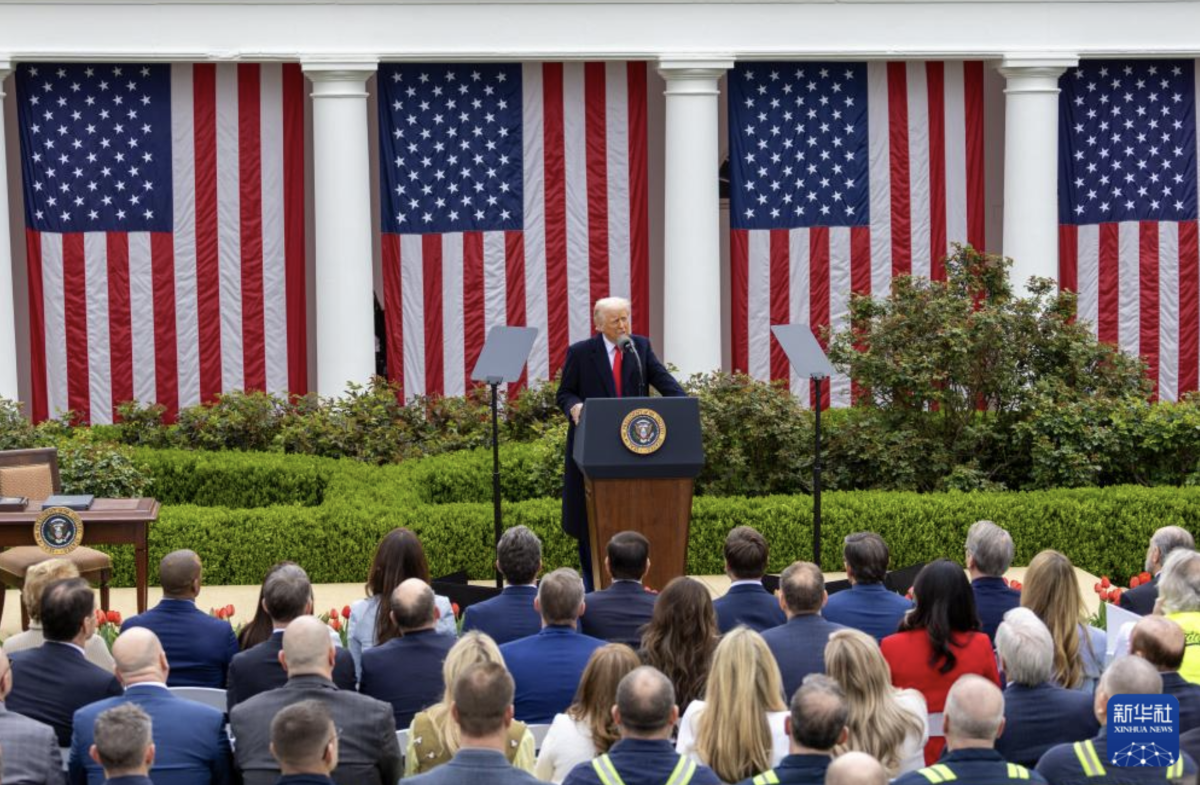
On April 2, US President Donald Trump signed an executive order ending the tariff exemption for small packages (valued at US$800 or less) from the Mainland and Hong Kong SAR, effective on May 2. The US Department of Commerce also announced it would submit a report assessing the impact of this executive order and consider whether to extend the rules to packages from Macao SAR.
Which packages are affected?
According to the White House, all packages sent from the Mainland and Hong Kong that are classified as goods will be impacted. For items valued at US$800 or less, a 30% tariff will be imposed on the value of the goods or a flat fee of US$25 per item, which will increase to US$50 per item starting June 1.
Trump's "impulsive decision": How will the Hongkong Post respond?
This is not Trump's first "impulsive decision" regarding tariffs on packages from Hong Kong and the Mainland. He announced a 10% tariff on goods imported from China on February 1, simultaneously revoking the "de minimis" exemption, meaning goods under US$800 are no longer exempt from tariffs. Following this, the US Postal Service (USPS) announced on February 4 that it would suspend accepting packages from Mainland China and Hong Kong.
On February 5, Hongkong Post announced it would stop accepting mail with goods destined for the US. However, less than 12 hours later, USPS reversed its decision, announcing it would continue to accept international packages from the Mainland and Hong Kong. Hongkong Post staff had previously advised senders to leave contact information for US notifications regarding tax matters, and the Hongkong Postal Workers Union indicated that undelivered packages could be returned to Hong Kong if the recipient did not pay the tax.
Additionally, carriers handling the relevant mail must report shipping details to US Customs and Border Protection (CBP) and maintain a bond to ensure payment of duties, following a specified timeline for duty payments to CBP.
Major impact on Chinese E-commerce in the US, consumers may bear the consequences
Two major Chinese e-commerce platforms, Temu and Shein, have long been popular with American consumers, operating under a cross-border e-commerce model that ships directly from the Mainland or Hong Kong to US consumers. Temu offers a variety of affordable products, while Shein is known for its competitive pricing and rapid turnover of styles.

With the new policy, the competitive advantage of cross-border e-commerce may be significantly reduced. US consumers wishing to purchase Chinese goods will not only have to pay for the items and shipping but also additional tariffs, which will increase as the price of goods rises. Furthermore, starting June 1, these costs will increase further, forcing US consumers to pay more for desired products.
Is shipping from Macao a viable option under tariff pressure?
In February, Trump implemented the tariff policy on small packages from the Mainland and Hong Kong, but Macao was not included. The president of the International Logistics and Forwarding Association of Macao stated that since Macao is not covered by this policy, it will continue to accept packages sent by air to the US. However, items such as hand creams and face creams over 100ml, classified as liquids, must still be shipped via Hong Kong and subject to tariffs. Goods not passing through Hong Kong may opt to start shipping from Macao to avoid value-added taxes.
Related News:
Trump's car tariff hits: Purchasing options for American working class squeezed
Trump signs executive order on 'reciprocal tariffs' amid widespread opposition




















Comment